 Tala
VS
Tala
VS
 Langua
Langua
Tala
Tala is an AI-powered language tutor designed for hands-on learners. It prioritizes natural conversation over rote memorization, allowing users to learn through practical application and interaction. The platform provides a supportive learning environment where making mistakes is encouraged as part of the growth process.
Tala offers features such as instant feedback on conversations, quick translation tools, and voice recognition to help users improve their pronunciation. The system is flexible, allowing learners to progress at their own pace, with adjustable listening speeds and easy access to vocabulary and phrase look-ups.
Langua
Langua is a cutting-edge platform designed to revolutionize language learning through advanced artificial intelligence. Unlike traditional language learning apps, Langua focuses on building real-world fluency by providing users with opportunities to engage in immersive, interactive conversations with a human-like AI.
The AI's voices are cloned from real native speakers, ensuring an authentic and natural-sounding experience. Conversations are tailored to enhance fluency, encompassing role-playing scenarios and discussions aligned with the user's interests. Langua also accelerates vocabulary learning. Users are to save words and have system weave them into flashcards, stories and conversations for deeper retention.
Pricing
Tala Pricing
Tala offers Paid pricing with plans starting from $5 per month .
Langua Pricing
Langua offers Freemium pricing .
Features
Tala
- Instant Feedback: Provides corrections and suggestions without interrupting the flow of conversation.
- Quick Translation: Offers immediate translation support for words and phrases.
- Voice Recognition: Enables users to practice and improve their pronunciation.
- Easy Phrase Look-up: Allows users to quickly find and understand new words and phrases.
- Adjustable Listening Speeds: Supports different learning paces.
Langua
- Human-like AI Chat: Voices cloned from real native speakers for authentic conversations.
- Fluency-Focused Conversations: Role-plays and discussions tailored to user interests.
- Confidence Building: Safe environment to make mistakes and receive detailed feedback.
- Vocabulary Acquisition: Save words which system will weave them into flashcards, stories and conversations for deeper retention.
- Personalized Learning: Adapts to your learning needs, with AI conversations.
Use Cases
Tala Use Cases
- Practicing conversational skills in a new language.
- Improving pronunciation with real-time feedback.
- Learning new vocabulary and phrases in context.
- Building confidence in speaking a foreign language.
- Supplementing traditional language learning methods.
Langua Use Cases
- Practicing speaking a new language.
- Improving fluency and pronunciation.
- Building confidence in real-world conversations.
- Expanding vocabulary in a target language.
- Preparing for travel or relocation.
- Supplementing traditional language tutoring.
Uptime Monitor
Uptime Monitor
Average Uptime
99.58%
Average Response Time
334.6 ms
Last 30 Days
Uptime Monitor
Average Uptime
99.41%
Average Response Time
143.97 ms
Last 30 Days
Tala
Langua
More Comparisons:
-
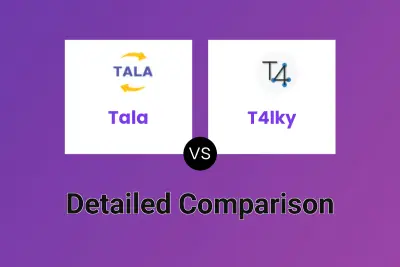
Tala vs T4lky Detailed comparison features, price
ComparisonView details → -
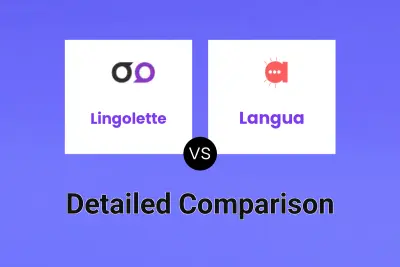
Lingolette vs Langua Detailed comparison features, price
ComparisonView details → -
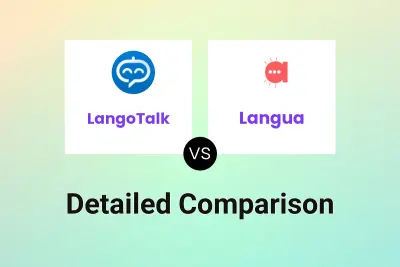
LangoTalk vs Langua Detailed comparison features, price
ComparisonView details → -
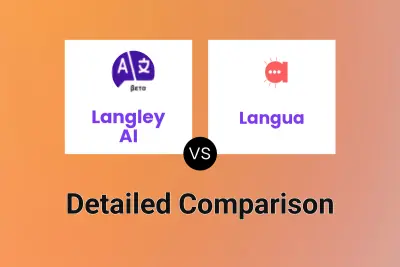
Langley AI vs Langua Detailed comparison features, price
ComparisonView details → -
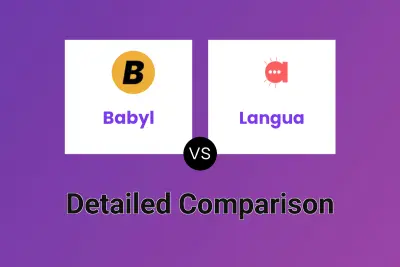
Babyl vs Langua Detailed comparison features, price
ComparisonView details → -
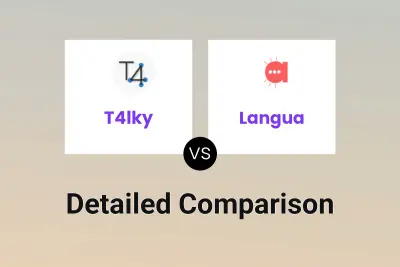
T4lky vs Langua Detailed comparison features, price
ComparisonView details → -
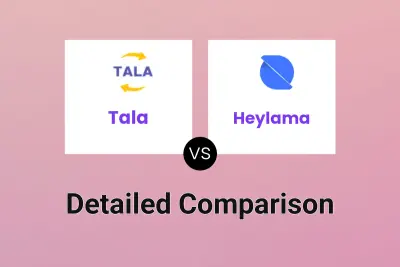
Tala vs Heylama Detailed comparison features, price
ComparisonView details → -

Tala vs ChatToMe Detailed comparison features, price
ComparisonView details →
Didn't find tool you were looking for?